This Week At Angama #72
21 June 2019 | This Week at Angama | Adam Bannister
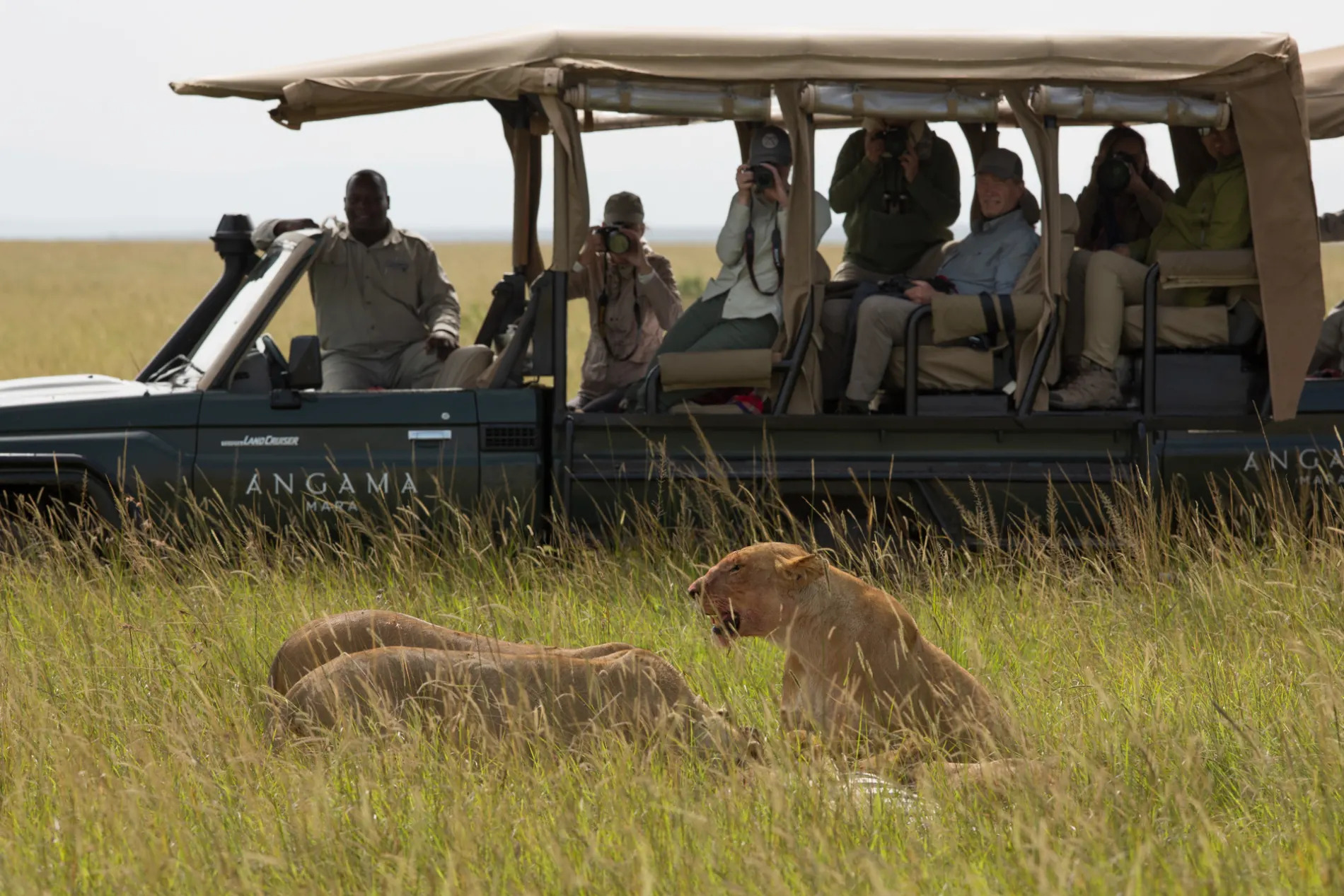
One of the experiences we offer our guests is the opportunity to conduct private photographic workshops out in the park. Essentially, I accompany guests for a half or full day with the aim of teaching them the techniques and skills required to take great photographs. Regardless of their experience level, by the end of the day, I make sure guests leave with a portfolio of wonderful images, and their skills are that much better than they were the previous day. [f 10.0, 1/125, ISO 125, -0.33]
This week I was out nearly every day with guests. While teaching, my priority is to make sure the guest gets the perfect shot and so for that reason, I often don’t take many photographs myself. So without any further ado, please enjoy This Week At Angama, albeit a slightly abridged one.
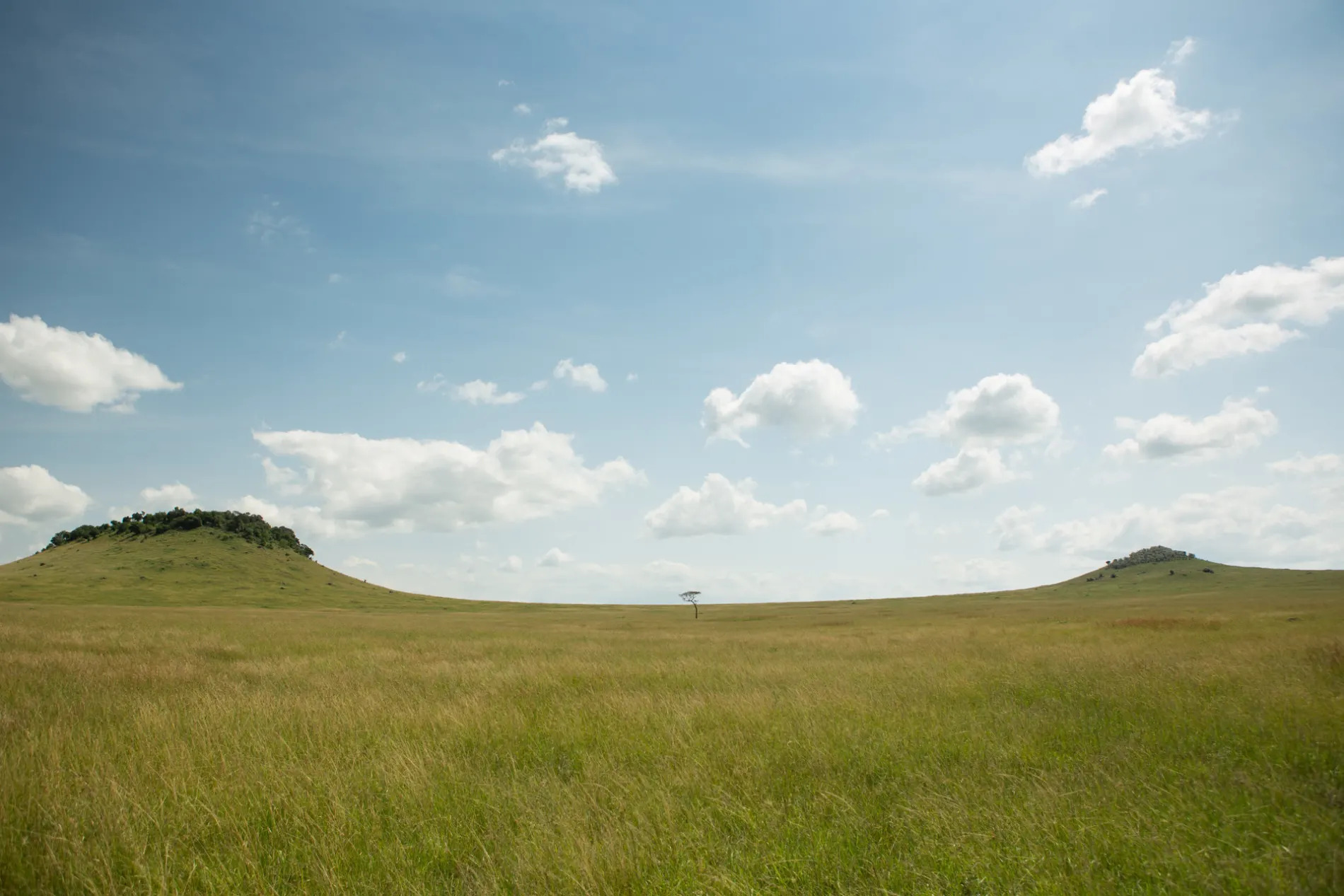
It is amazing to think that just eight days ago, this clearing was absolutely jam-packed with wildebeest. Last week, I wrote an entire blog on the possible reasons the Great Migration may have arrived early. I can now inform you that I believe we witnessed a possible ‘false start’. Rain in the northern portions of the Serengeti has meant the wildebeest turned around and went back south. Tranquility is restored to the grassy plains – but for how long? [f 4.5, 1/400, ISO 125, +2]
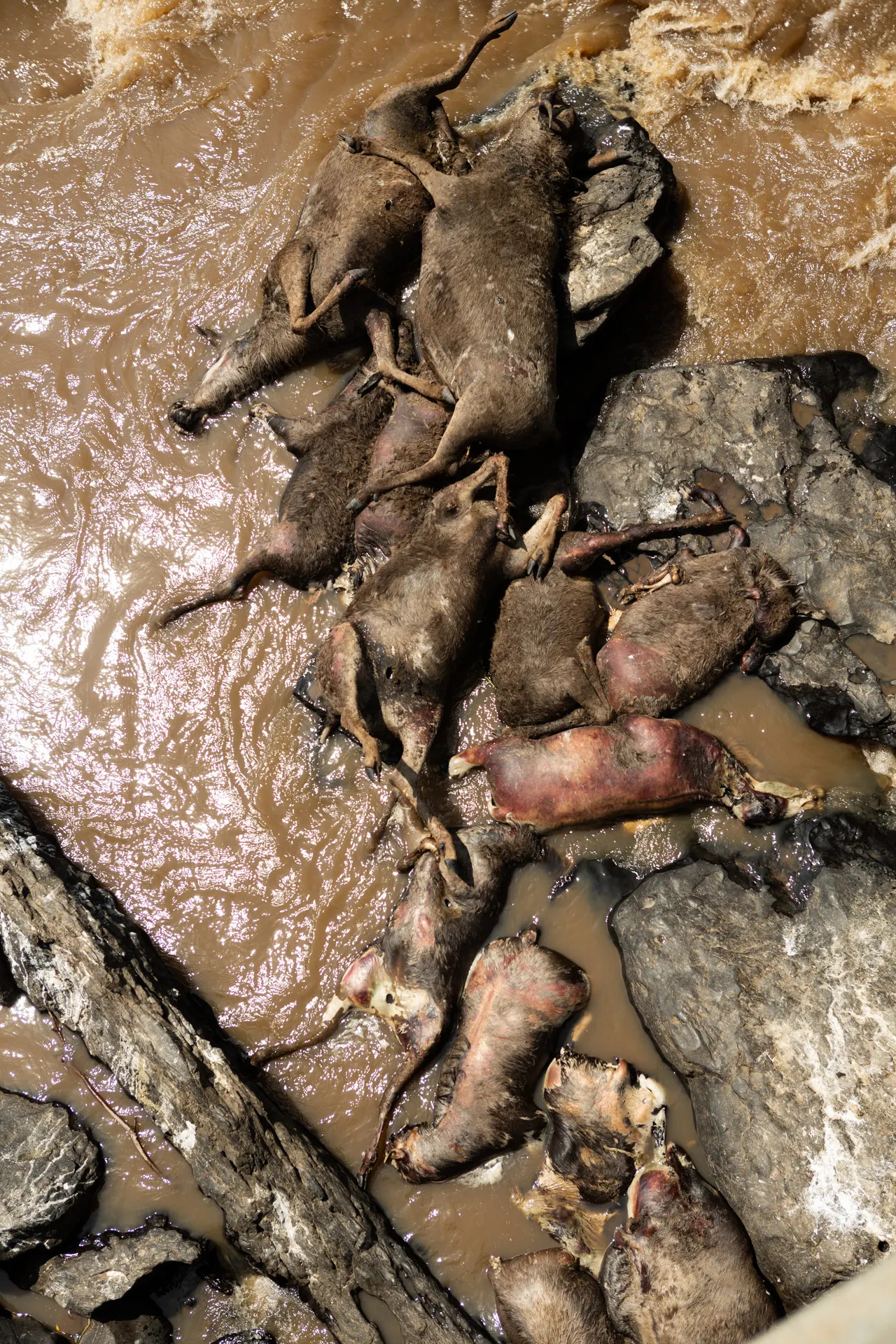
Last week’s migration madness took its toll. Every year, many wildebeest don’t survive the Mara crossings and already we can start to see the aftermath. Many are appalled and ask if there is anything we can do to prevent these deaths. My answer is that sadly, we cannot, as this is nature. As strange as it may sound, the health of the river and ecosystem requires a number of wildebeest to die. [f 4.5, 1/250, ISO 125, +1 – Photograph taken from Purungat Bridge looking directly down.]
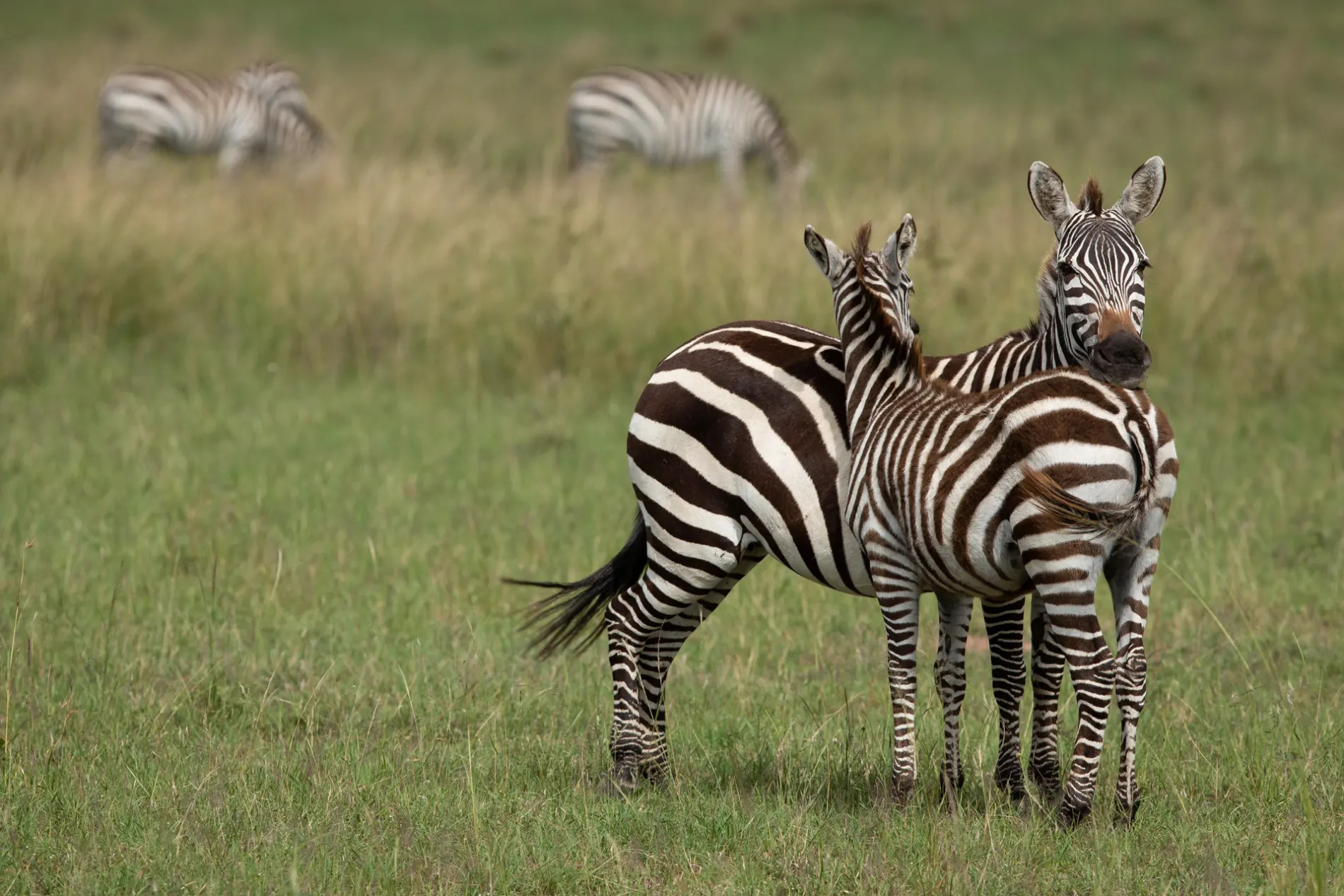
Traditionally, it is the zebra who arrive first. They come when the grass is slightly longer and lead the way for the wildebeest to follow. What we witnessed last week was even more unusual as the mass wildebeest arrival was accompanied by hardly any zebra. That has now changed and some normality has been restored: the zebra have started moving into the Maasai Mara. [f 5.6, 1/1000, ISO 125]
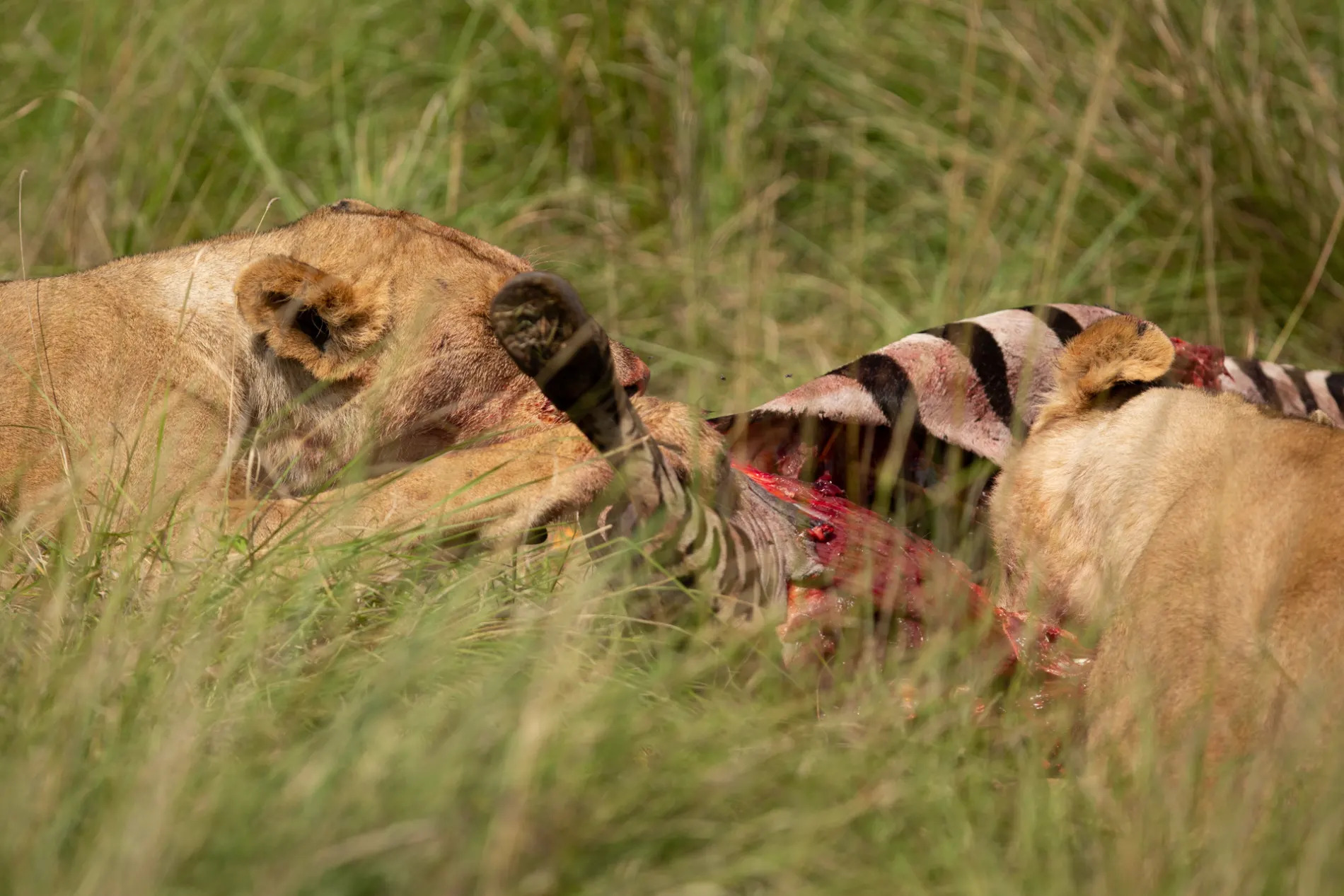
And with the arrival of the zebra, so will the diet of the lion prides change. Here, all five members of the Owino Pride feast on a recently killed zebra. [f 3.2, 1/3200, ISO 125, -0.33]
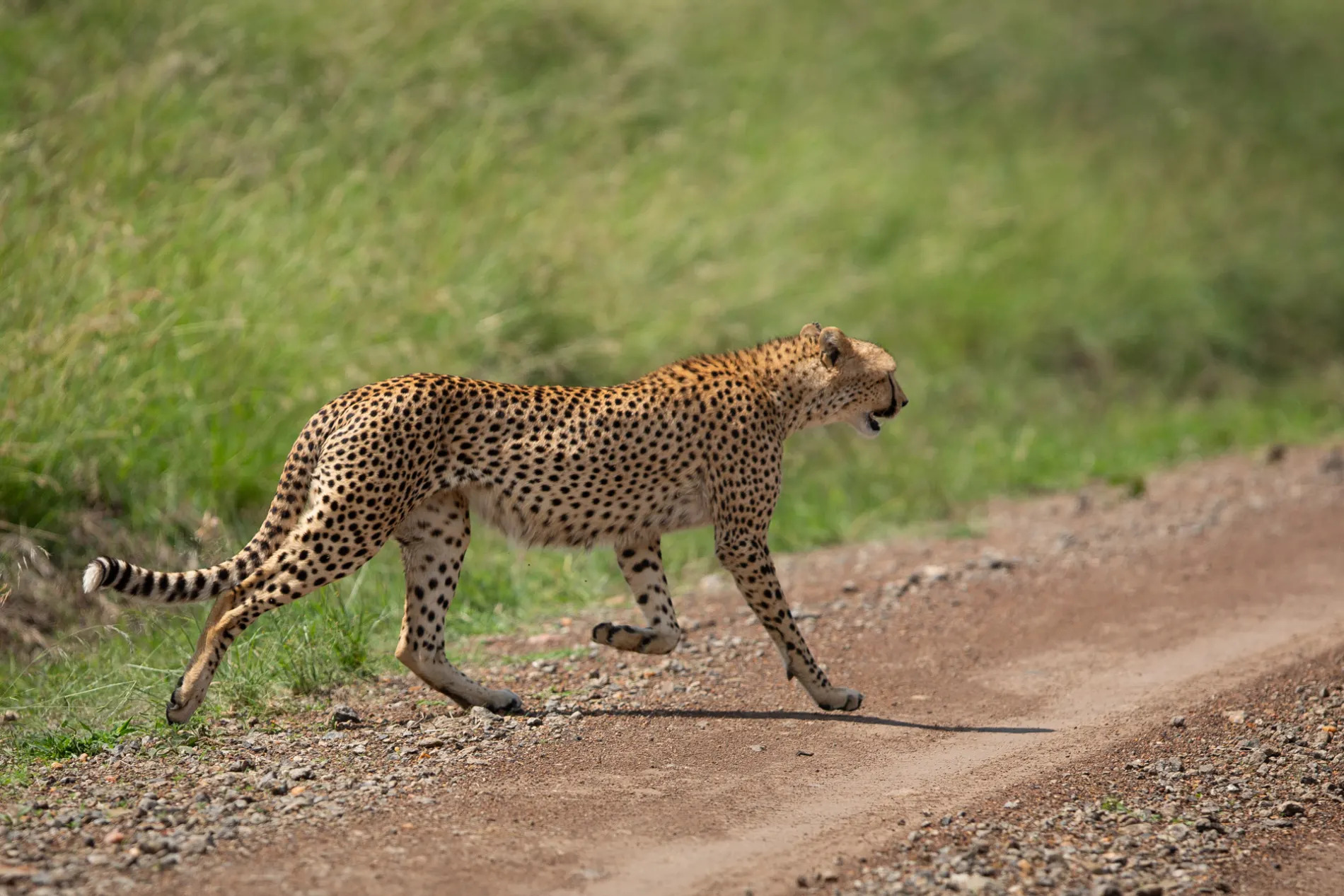
We were delighted to see that out of nowhere, two young male cheetah arrived in the Mara Triangle. We are still not sure where they came from and are casting our net wide to see if anyone can give us more information on their origins. Regardless, it is always exciting to see new faces in the Mara. [f 3.5, 1/1600, ISO 125, +0.33]
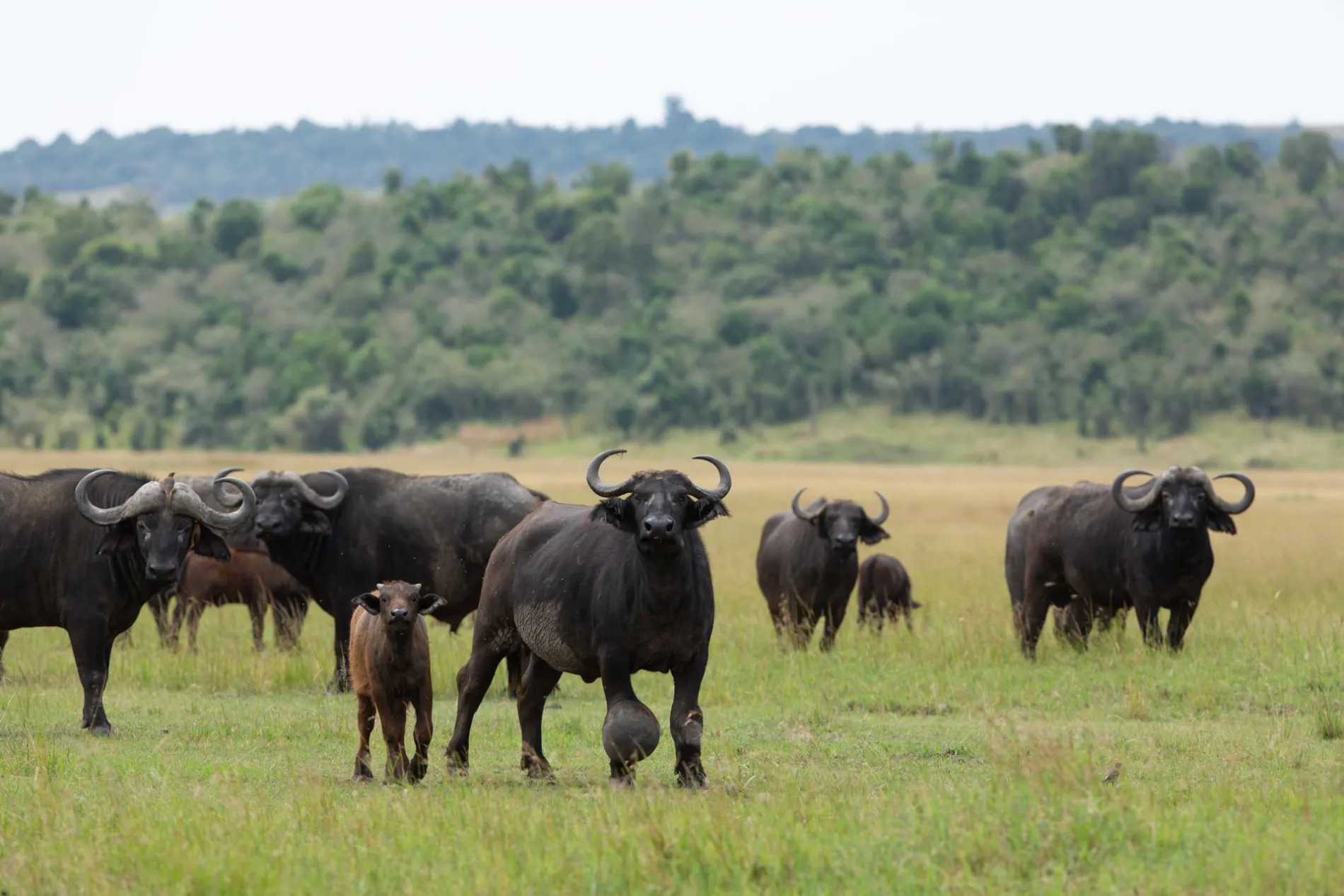
Our photographic workshops take us to some of the more remote locations within the park as we explore new territories. On one of the days, we came across a large herd of buffalo with a female who had a massive growth around her knee. I contacted the park vet and was told it was a hygroma – a tumorous growth. There is sadly nothing they can do, but the female is able to live a healthy live (see her calf next to her) and it is not an issue for the health of the population. [f 5.6, 1/400, ISO 125]
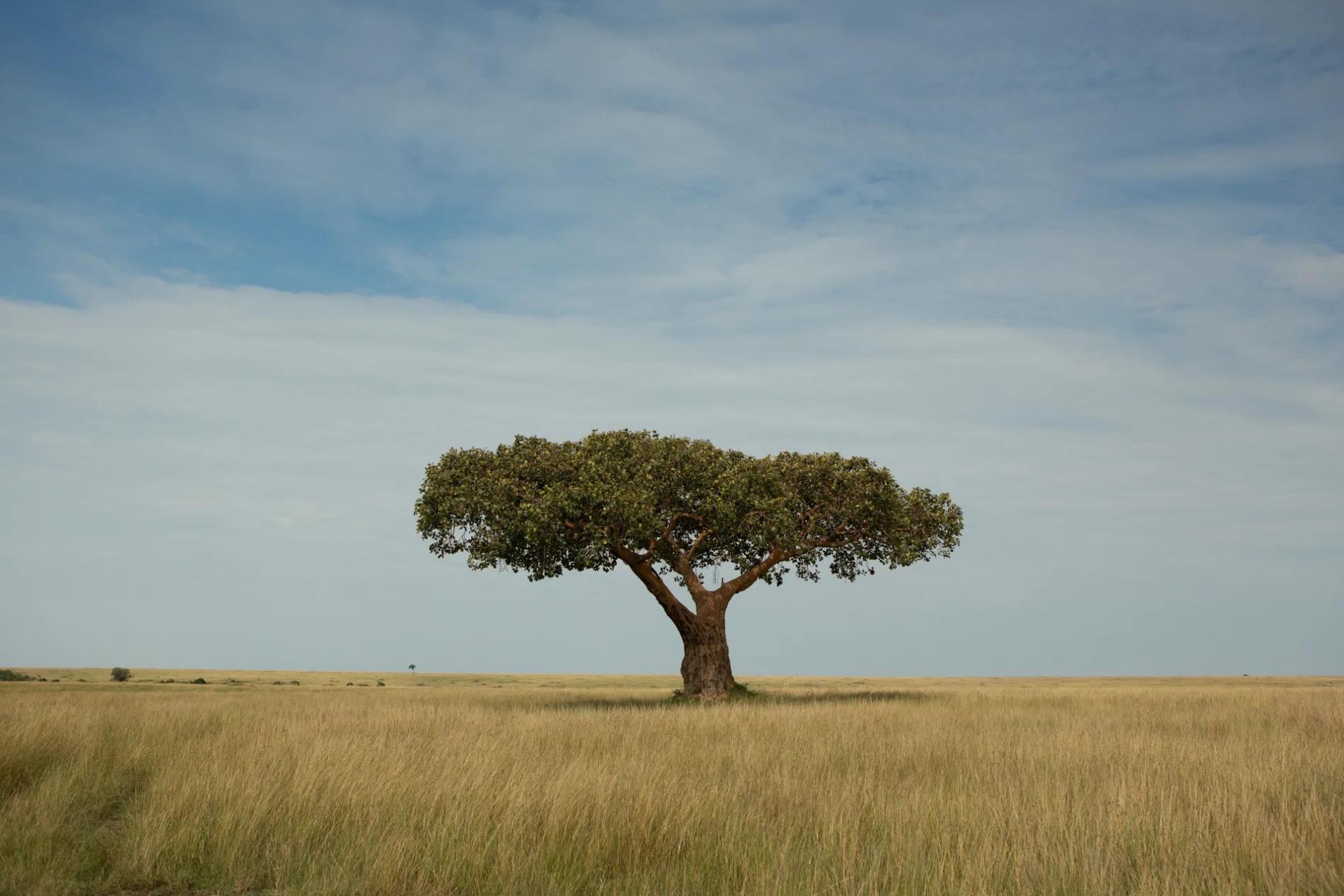
There are often times, when out in the field, when you are not in the presence of the charismatic big cats and pachyderms. It is during these times that your photographic eye is tested. How can you come up with images that are memorable? Often I turn to the landscape and photographs that provide context. [f 4.5, 1/1250, ISO 250, +1]
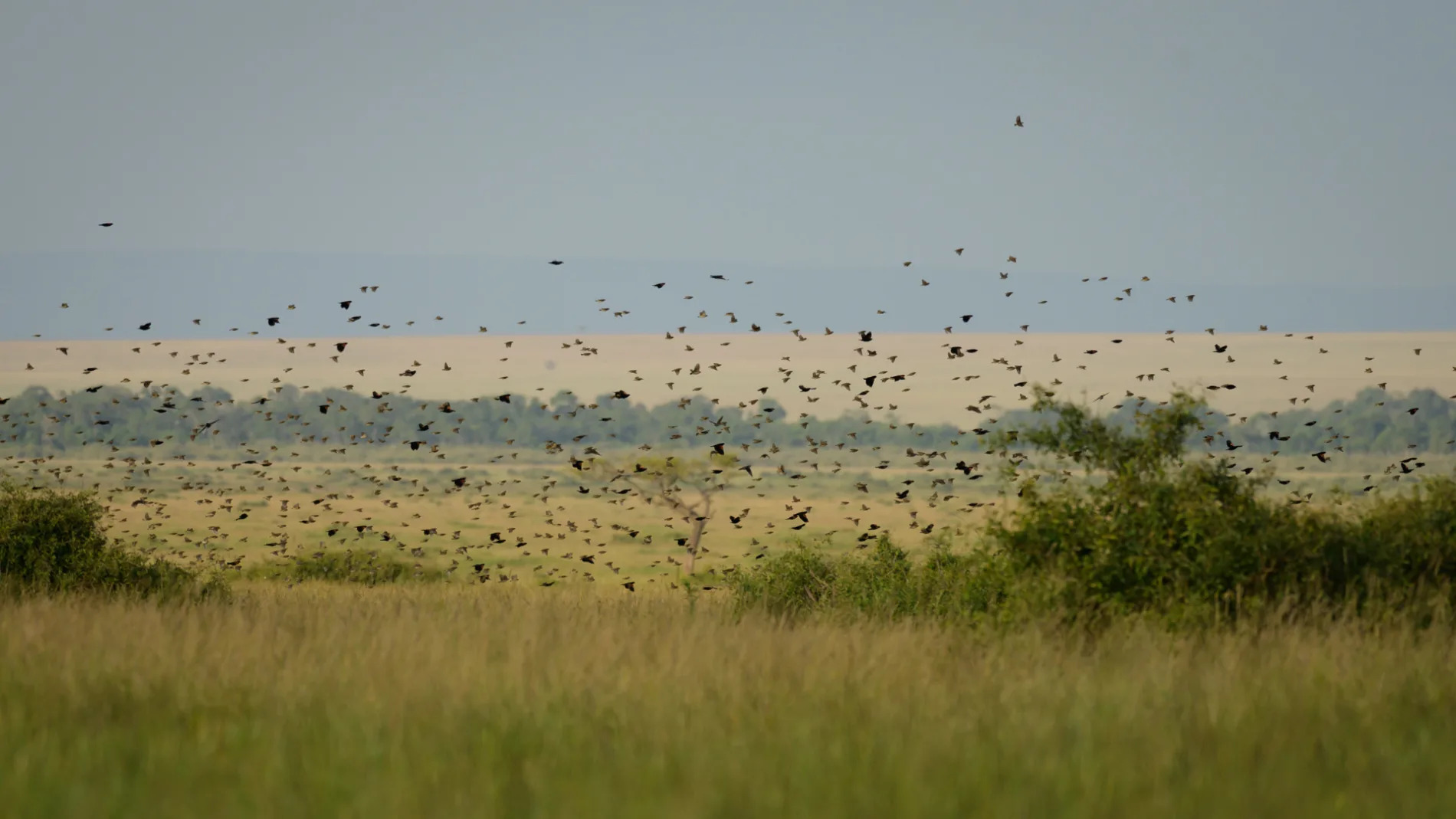
Alternatively, if you shift attention from mammals to birds you will find there is always something going on. Here a huge flock of widowbirds, for example, make for fascinating subject matter. [f 5.6, 1/1250, ISO 400]

And of course a crowd favourite – the grey-crowned crane. [f 5.6, 1/1250, ISO 320, +0.33]
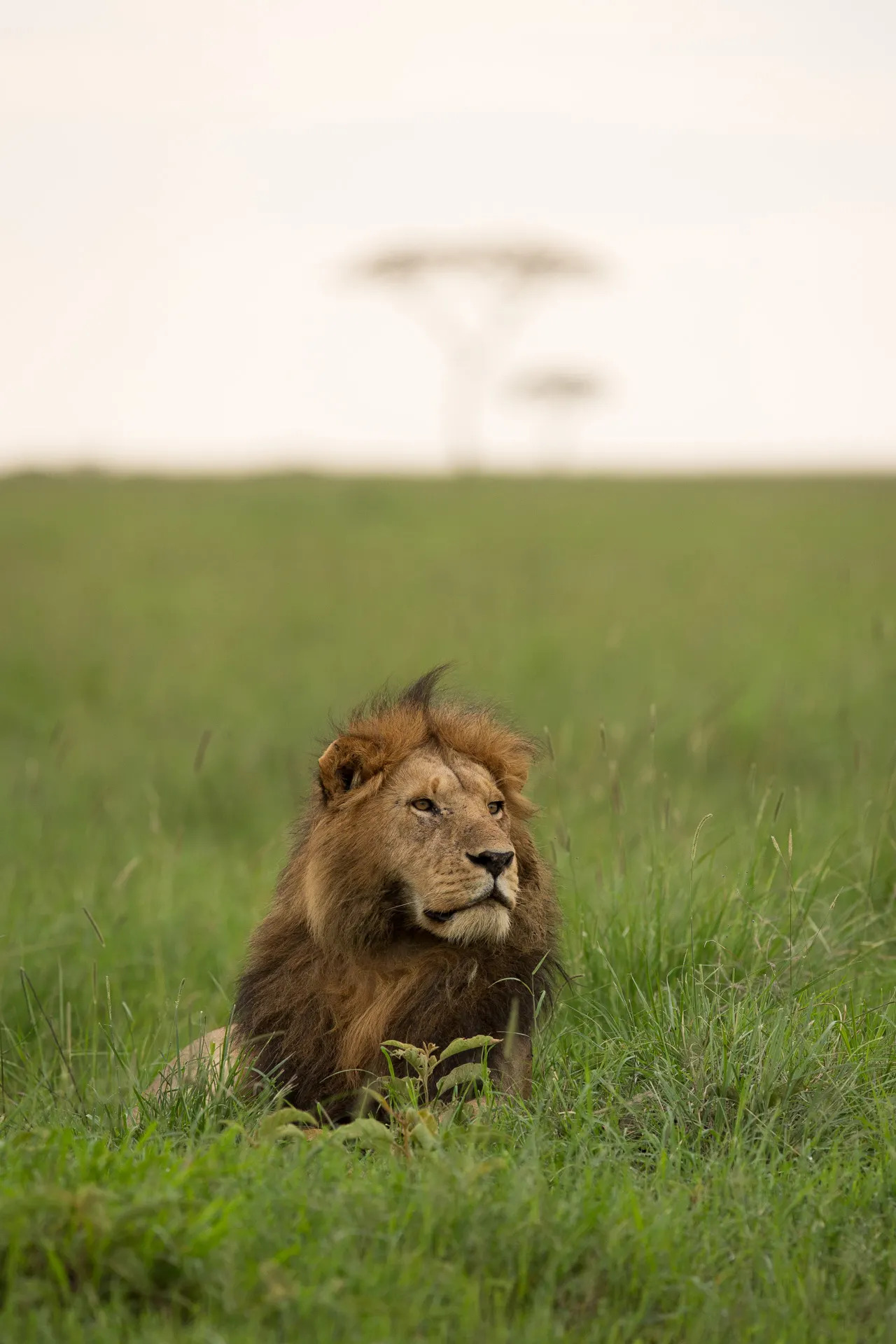
With less than a month to go until the release of Disney’s Lion King, I must admit I am a bit like a kid in a candy store. Expect the lion content from Angama to be revved up in the next few weeks as we all await July 19th with huge excitement. Here, the Ol Donyo Paek male surveys his kingdom. [f 3.5, 1/1600, ISO 800, +0.33]

A lioness from the Sausage Tree Pride climbs a termite mound to get an elevated vantage point. [f 3.5, 1/800, ISO 500, +1.33]

I am happy to say the Sausage Tree Pride is still going strong. Their territory is in the far south of the Mara Triangle and they must be licking their lips in expectation of the arrival of the big herds. [f 3.5, 1/640, ISO 500, +0.33]

The long grass can make photography particularly challenging and good chunks of the workshop are spent looking at methods of focusing and ways of making the most of tricky grassy situations. [f 3.5, 1/1250, ISO 500, +0.33]

A future king. [f 5.6, 1/500, ISO 500, -0.33]
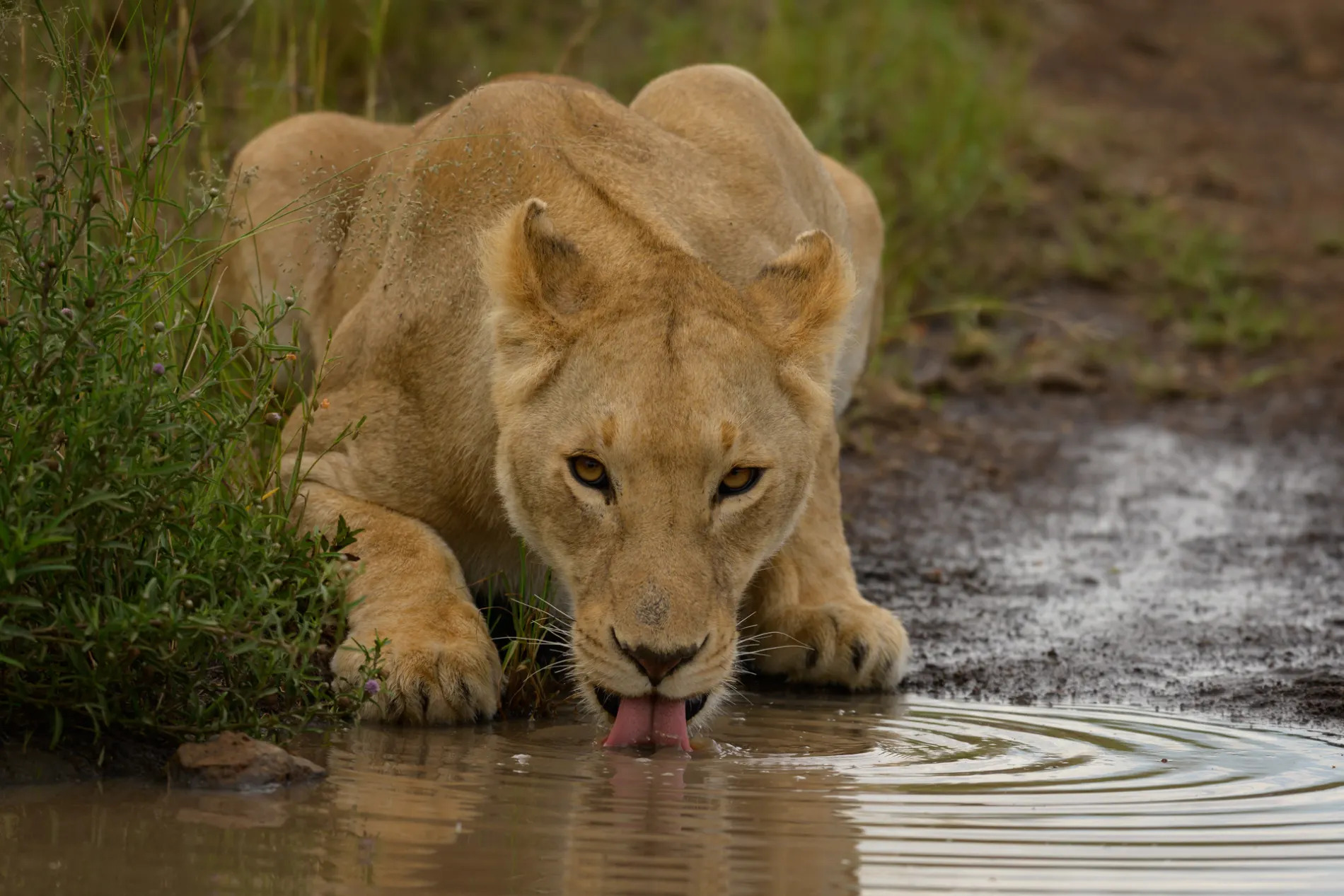
And a current queen. I believe this lioness to be a member of the Egyptian Goose pride, although lion movements in that area are particularly unpredictable at the moment. Regardless of who she is, clever vehicle placement and great anticipation allowed for a low-angle drinking shot. [f 5.6, 1/1000, ISO 640]
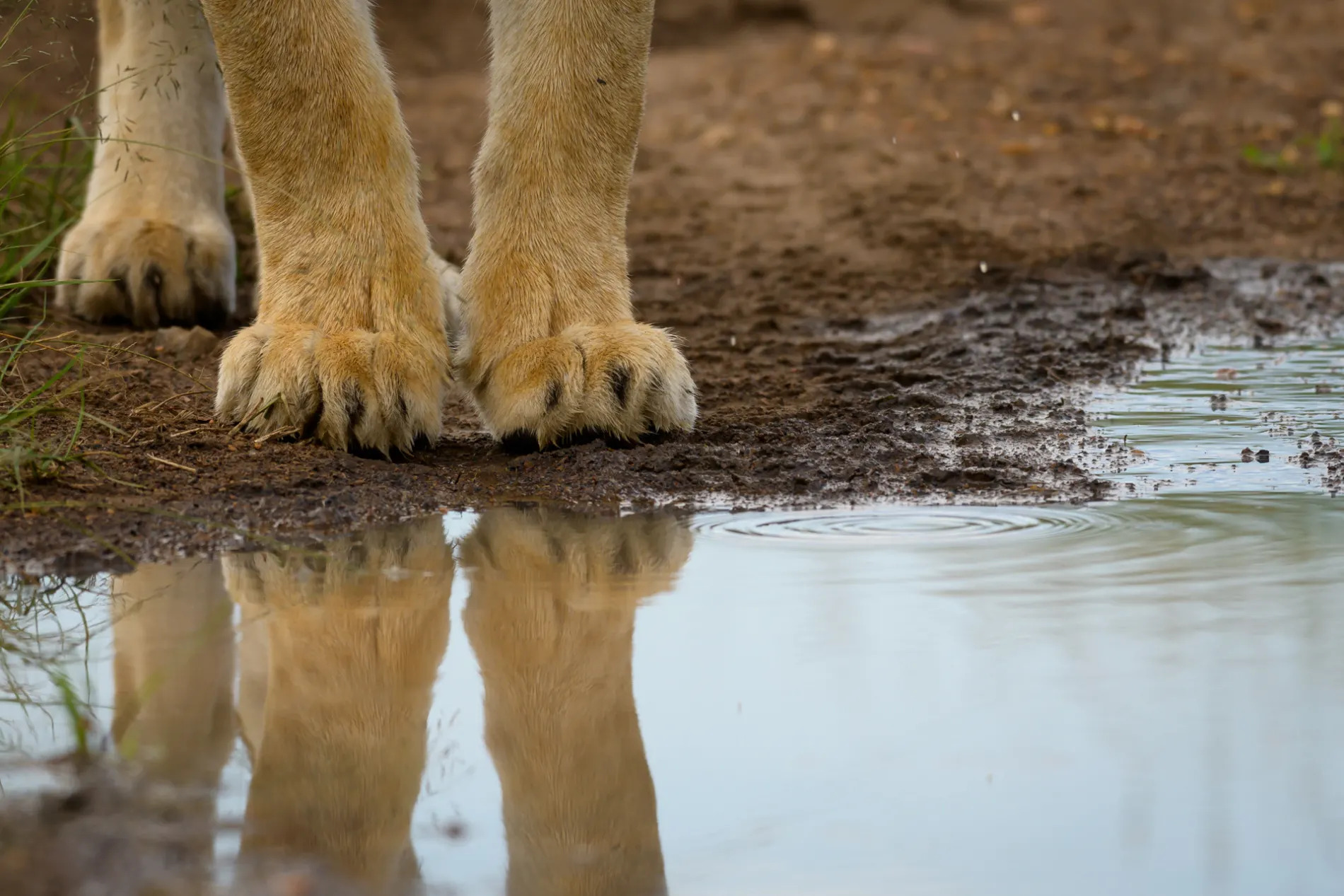
And when faced with a prime lens that doesn’t allow you to zoom in or zoom out, you need to get creative. [f 5.6, 1/800, ISO 640]
THIS WEEK A YEAR AGO
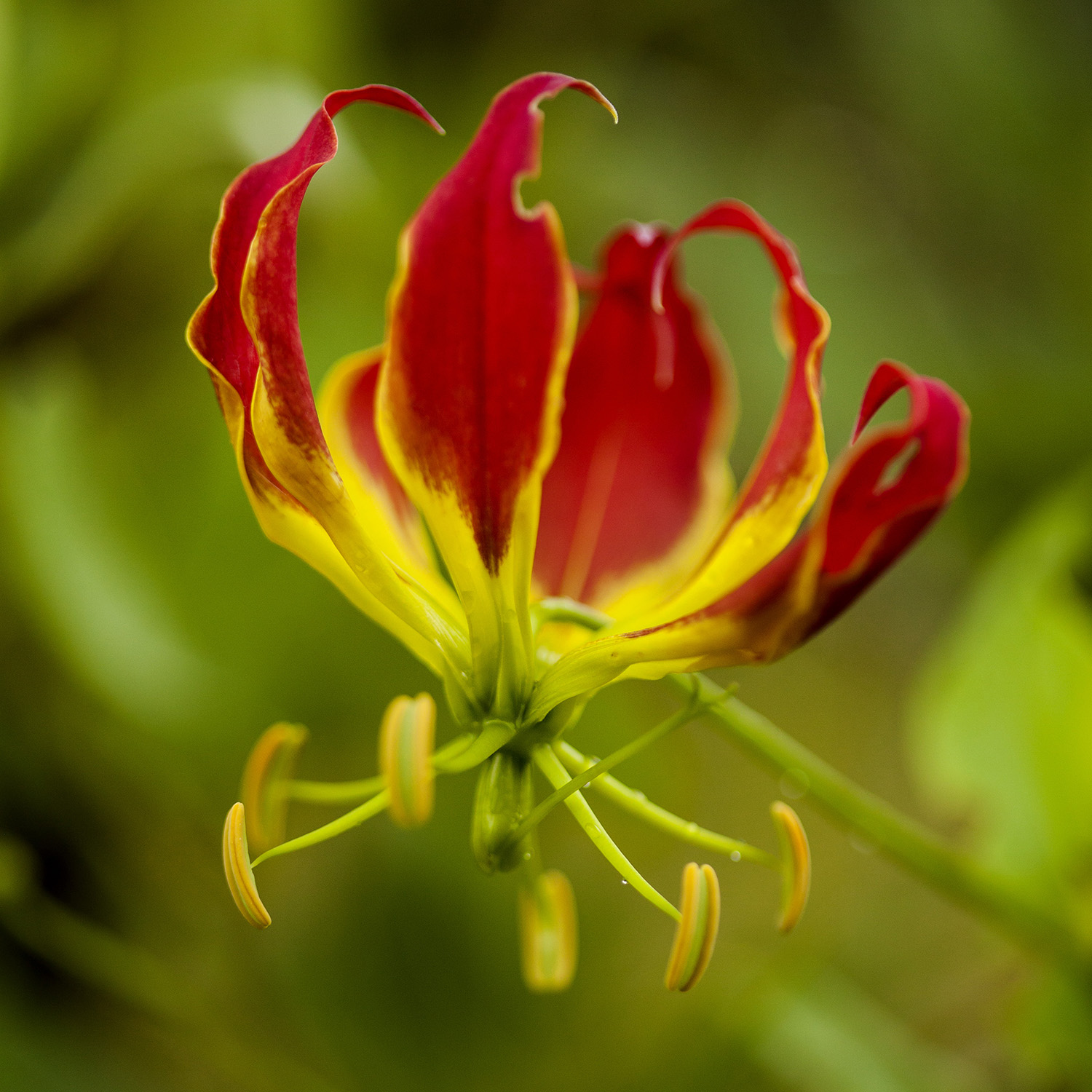
A year ago, I set out on a walk around the camp armed with my macro lens. I was determined to take a single photograph that showcased easily overlooked beauty. I found the perfect specimen – a Flame Lily. Interestingly, these gorgeous flowers bloomed two or three weeks earlier than they did last year. [f 2.8, 1/1250, ISO 400, +0.33]
TAGGED WITH: Angama Mara, Lion, Mara Landscapes, Buffalo, This Week At Angama, Lions of the Mara, crane



COMMENTS (5)
Graham
June 21, 2019Great write up mate !
REPLYFrancis Bagbey
June 21, 2019So what was the “macro lens”? Thanks
REPLYNicky Fitzgerald
June 23, 2019Hi Francis
REPLYAdam tells me ‘The lens used for the Macro shot was a Canon fixed 100mm macro F1.8’
Hope this helps?
Warm regards – Nicky
Mercy Rop
June 26, 2019Enjoyed every second of this read.
REPLYStunning photos!
Thank you 🙏
Nicky Fitzgerald
June 26, 2019Delighted you enjoyed our blog – thank you so much
REPLY